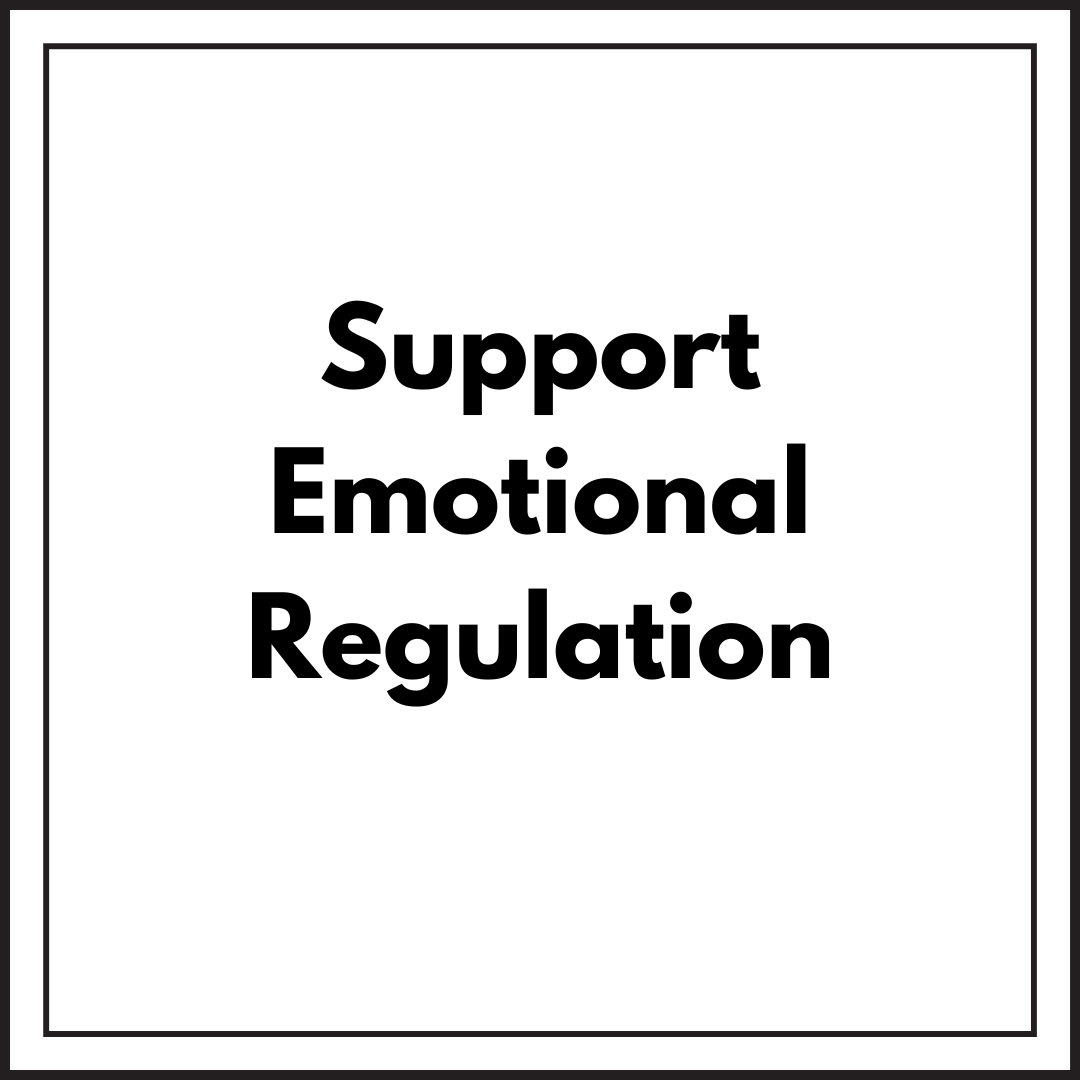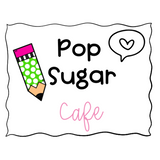
· By Elizabeth Muncey
Creating a Calm Corner Kids Will Actually Use
🪴 How to design a sensory-safe, emotionally supportive space that truly helps children regulate.
🌿 Introduction
Every classroom or therapy space needs a place where calm is not just encouraged — it’s taught.
A Calm Corner isn’t just a time-out spot or a cozy chair. It’s a structured, sensory-safe space where kids learn to recognize emotions, use tools, and practice self-regulation.
Whether you’re a teacher, therapist, or parent, creating a Calm Corner that children actually use starts with three things: purpose, predictability, and personalization.
🧠 1. Start with Purpose, Not Punishment
A Calm Corner isn’t about getting away from the group — it’s about getting back to calm.
Kids should understand that this space is a tool for regulation, not a place for isolation.
💡 Calm Tip:
Introduce the corner during a calm time, not during a meltdown. Show students how to use it and model saying:
“I’m feeling overwhelmed, so I’m going to my Calm Corner for a few minutes.”
🪴 2. Make It Predictable and Accessible
Children use the Calm Corner more when it feels safe and consistent.
Keep it in the same location year-round and establish a simple 3-step routine, like:
1️⃣ Identify how I feel
2️⃣ Choose a calm tool
3️⃣ Rejoin the group when I’m ready
💡 Calm Tip:
Use visual steps or icons so even non-readers can follow the process.
🎨 3. Choose Calm Tools That Fit Sensory Needs
Every child’s calm looks different. Include a variety of tools that support different sensory profiles.
🪞 Visual: calm-down charts, affirmations, emotion faces
🪶 Tactile: soft textures, fidget tools, stress balls
🎧 Auditory: headphones, sound machine, calm playlist
🌬️ Regulation: breathing cards, visual timers, calm jars
💡 Calm Tip:
Rotate calm tools seasonally — use pumpkin-scented dough in fall or snowflake stress toys in winter to keep it fresh but familiar.
💬 4. Teach Calm Corner Language
Even the best-designed space doesn’t work if kids don’t know when or how to use it.
Practice calm language daily:
“I feel frustrated, so I need a calm break.”
“My body feels wiggly. I’ll try deep breathing.”
Model calm, respectful tone and remind students: everyone needs calm moments sometimes — even grown-ups.
🪞 5. Celebrate Calm Success
Normalize self-regulation by celebrating when students make calm choices.
Give “Calm Star” recognition or journal pages where they can reflect on what helped them feel better.
Over time, your Calm Corner becomes more than a space — it becomes part of your classroom culture of emotional safety.
💡 Calm Tip:
Create a “Calm Choices Wall” where students add their favorite calm tools or affirmations.
🎁 Wrap-Up: Calm is a Skill, Not a Spot
A calm corner works best when it’s woven into your daily routine and emotional vocabulary.
When kids see calm as a choice — not a rule — they build lifelong skills for focus, empathy, and self-regulation.
✨ Want ready-to-print Calm Corner visuals and guides?
Download the Calm Classroom Toolkit from Calm Solutions — it includes posters, emotion charts, calm tools, and daily reflection pages to help your students find their calm every day.





